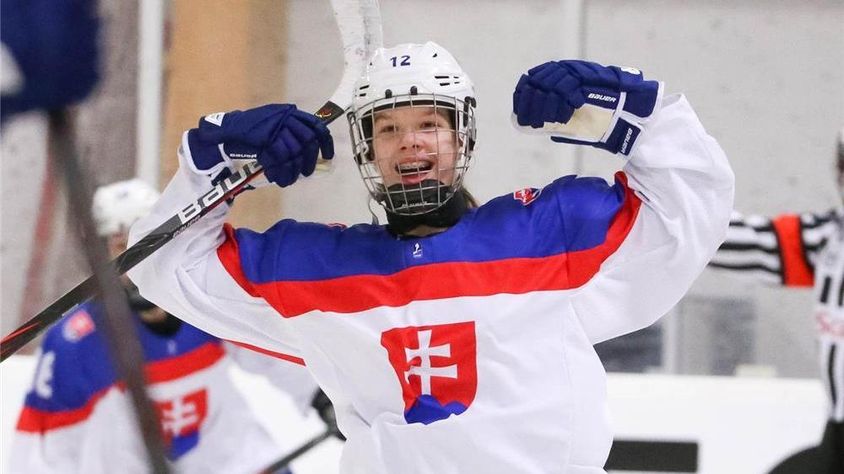When it comes to international play in both men’s and women’s hockey, the conversation tends to revolve around two familiar suspects: Canada and the United States. Tournaments hosted by the International Ice Hockey Federation (IIHF)—the international governing body for ice hockey—are dominated by discourse surrounding the two North American superpowers as fans wait for the ultimate matchup, usually in the gold or silver medal round.
The dominance of these two countries is even more apparent in the IIHF’s under-18 and under-20 competitions. Since the inception of the men’s under-20 World Junior championship in 1977, Canada has won 20 gold medals, facing off against the U.S. five times since 2004. In women’s hockey, the pattern is even more glaring with the U.S. and Canada meeting in the gold-medal game every year since the creation of the under-18 Women’s World championship in 2008, with the exception of a U.S.-Sweden final in 2018.
While the Canada-U.S. rivalry is what draws much of the viewing audience to IIHF tournaments, the past few years have shown the desperate need for parity within international competition. And in 2023, we got just that.
At this year’s under-18 Women’s Worlds, the rising levels of competition were put on display as Czechia, Slovakia, Finland, and Sweden made their presence known. In the semifinal, the U.S. fell 2-1 to Sweden, with Astrid Lindeberg netting the game winner. The loss marks the first time the U.S. will not appear in the gold-medal game in tournament history. In the other semifinal, Finland forced Canada into overtime, and despite falling 3-2, the Finns made clear that they will no longer be pushed around on international ice.
To follow up the 2022 NHL draft in which two Slovakians, Juraj Slafkovsky and Simon Nemec, went first and second overall, Slovakia started to establish itself as a force to be reckoned with. Tournament Most Valuable Player, Nela Lopušanová, a 14-year-old Slovakian forward, dominated with 12 points over five games and was a constant highlight reel. Lopušanová’s feats reveal themselves to be all the more remarkable when you factor in her play in the men’s under-16 league in Slovakia, where she is averaging 3.1 points per game. For context, Slafkovsky averaged 2.35 points per game in the same league. The scoring leaders illustrate the tournament’s newfound parity with Czechia’s Adéla Šapovalivová and Tereza Plosova, Sweden’s Hilda Svensson, and Slovakia’s Ema Tothova, joining Lopušanová in the top 10.
As for the men’s 2022-23 under-20 World Junior tournament, Canada’s usually dominant team had some shaky moments, but this year, they weren’t against the U.S. On Dec. 26, Canada opened the tournament with a 5-2 loss to Czechia—a team without a gold-medal game appearance since 2001.
The U.S. faced a similarly shocking 6-3 defeat against Slovakia—a country that is yet to appear in a gold medal game. As the prospect of a U.S.-Canada gold-medal match-up faded away, some began to turn toward stars of the rising European teams.
Adam Gajan, a Slovakian goaltender who was not even listed on the team’s preliminary roster, took over the news cycle. The relatively unknown player skyrocketed to a potential second-round pick in the matter of a week. After a masterful 33-save performance against the U.S., Gajan shut out Latvia and carried his team to a nailbiter game against Canada in the quarterfinal. Despite falling short of a medal yet again, the Slovakian team proved that they are true contenders, adding a newfound level of parity to a tournament usually dominated by the Canadians, Americans, and Swedes.
But the story doesn’t end there. After a somewhat underwhelming match-up against the U.S. in the semifinals where the Canadians claimed a 6-2 victory, Czechia defeated Sweden in a 2-1 overtime win to face off against Canada in the final. With Canada gaining a 2-0 lead early on, Czechia tied it up with less than 10 minutes to go, taking the game to a thrilling overtime but ultimately losing 3-2. Following two invigorating match-ups, many Canadian fans are left asking the question: Does Canada have a new rival?








